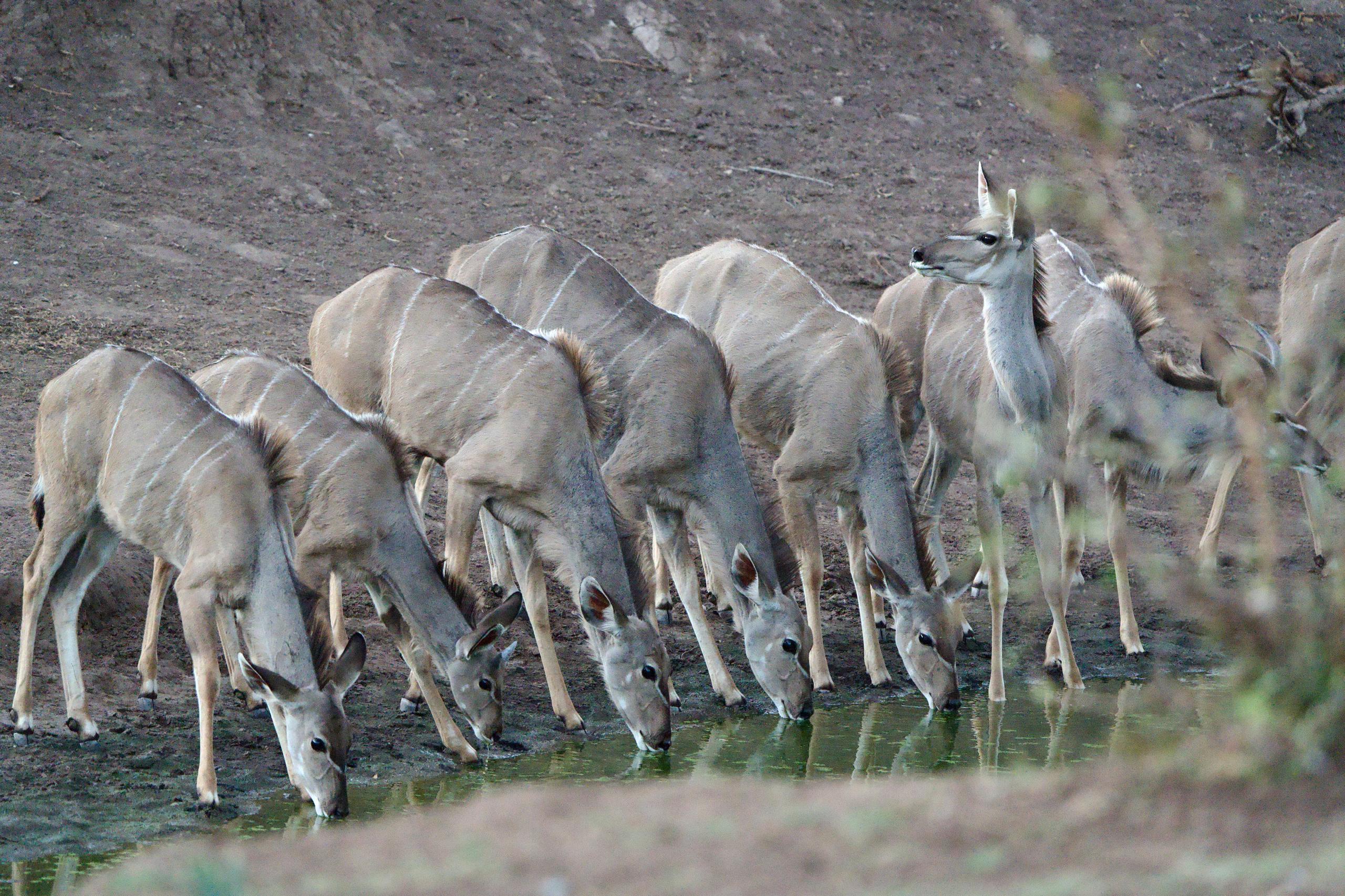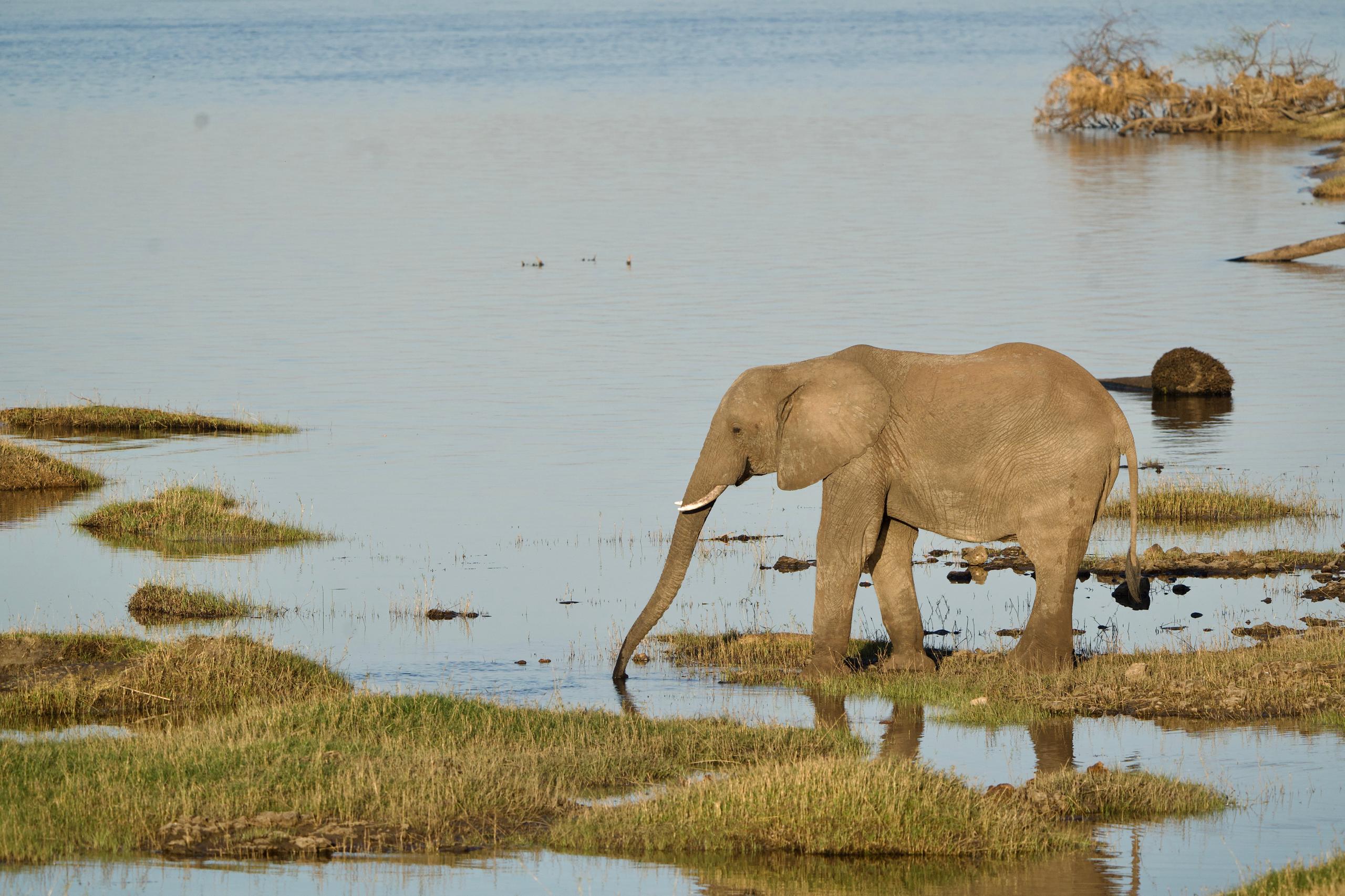Stretching just over 550 km2 along the upper Zambezi River, just upstream of the world-renowned Victoria Falls, Zambezi National Park is one of Zimbabwe’s most biologically rich and strategically important protected areas. It forms a key ecological link within the Kavango–Zambezi Transfrontier Conservation Area (KAZA TFCA) — the largest transboundary conservation landscape on Earth, spanning five countries: Angola, Botswana, Namibia, Zambia and Zimbabwe.
The park’s mosaic of riverine forests, mopane woodland and open grasslands supports iconic wildlife such as elephants, lions, leopards, wild dogs, and over 400 bird species. Its connectivity to neighbouring protected areas and communal lands is vital for maintaining wildlife migration routes and ecological resilience. Protecting Zambezi National Park is therefore not only essential for local biodiversity, but also for sustaining the wider integrity of the KAZA landscape — supporting livelihoods, tourism and climate resilience across the region.

Before, we relied only on our footsteps and our instincts. Now with technology, we can track movements, respond quickly, and protect our animals more effectively.
Ranger, Zambezi National Park
Ranger training & professional development
Training Room
Conservation technology integration
Community and inter-agency collaboration


"Protecting Zambezi National Park is therefore not only essential for local biodiversity, but also for sustaining the wider integrity of the KAZA landscape"
Senior Area Manager, Zambezi National Park
Donate to support our rangers:
Whether you’re a donor, partner organization, or a visitor to the region, you can be part of this journey.
Together, we are building a future, for this iconic region
